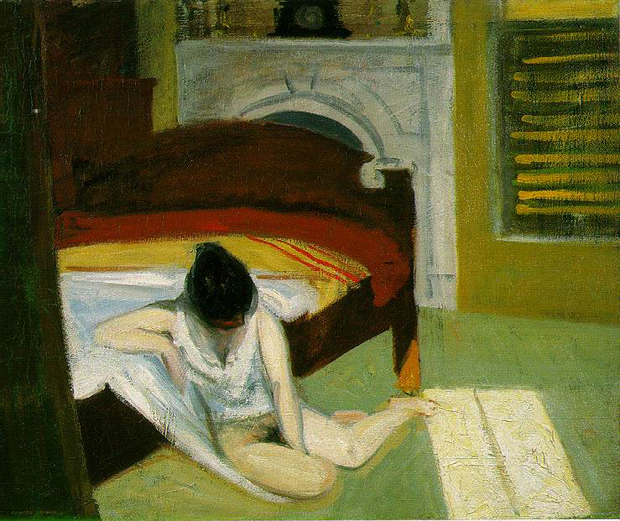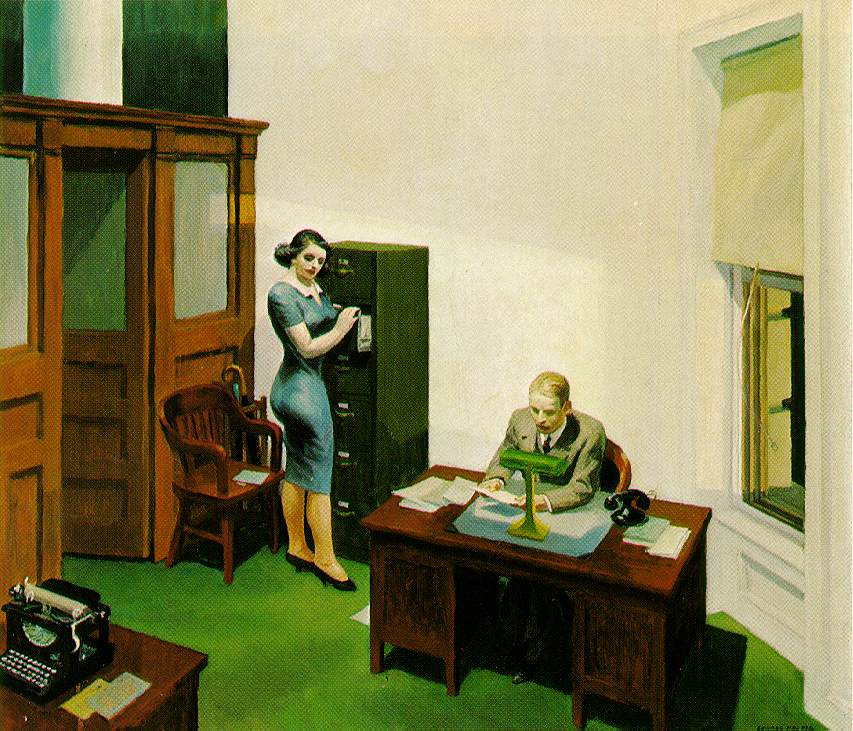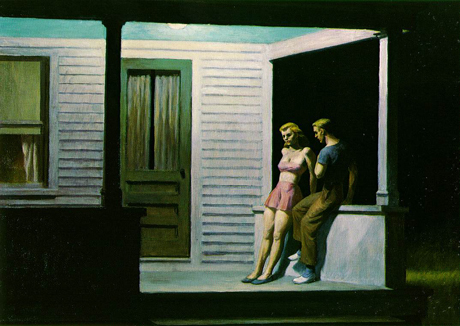
Letters from Edward Hopper's 'rigid woman'
A current exhibition uses a cache of love letters to offer fresh insight into the work of the great American painter
You don't need to be an art historian to look at Edward Hopper's paintings and wonder whether he had a wholly happy love life. Many experts have investigated links between the artist's own relationships and the frosty ones he depicts in his pictures. As our author Walter Wells explains in our Hopper monograph, Silent Theater, the libidinous mismatch between Hopper and his wife, Josephine, may have contributed to the artist depicting "female figures who, while sexually suggestive, seem emotionally unresolved."
Hopper married in 1924, and, until recently, only two other properly documented girlfriends had been uncovered by art scholars. Yet the recent discovery of a letters reveal a third relationship - and a tempestuous one at that - which could lead expert to review the their thinking on the painter's inspirations.

In the current exhibition, My Dear Mr. Hopper: The Story Starts Here, curator Elizabeth Thompson Colleary presents 20 letters from Alta Hilsdale to the artist during the first two decades of the 20th century, alongside relevant examples of works. The exhibition, which is on display at The Edward Hopper House Art Center, in Nyack, NY until October serves to "document [Hilsdale and Hopper's] previously unknown relationship and provide a new context for understanding the work he created during the decade the letters span, 1904-14."

The letters, written while both Hopper and Hilsdale were young, and before Hopper found fame, don't speak of a wholly satisfied relationship. "He's trying to find a fulfilling relationship with her," Colleary told The New York Times, "and he's constantly being frustrated."
Indeed, Colleary believes the couple's relationship mirrors recurring characters in Hopper's work - figures she dubs "the pleading man" and "the rigid woman." While it is too simplistic to suggest an artist as great as Hopper is offering us a simple document of his own romantic privations, the new exhibition does prompt us to think again about the lust-filled undertow of American life prior to the great sexual liberations of the 1960.
For more on this, read the NY Times piece here, or view the Art Center's own page, here. For beautiful reproductions of Hopper works and insightful commentary, do consider our award-winning monograph, Silent Theater.